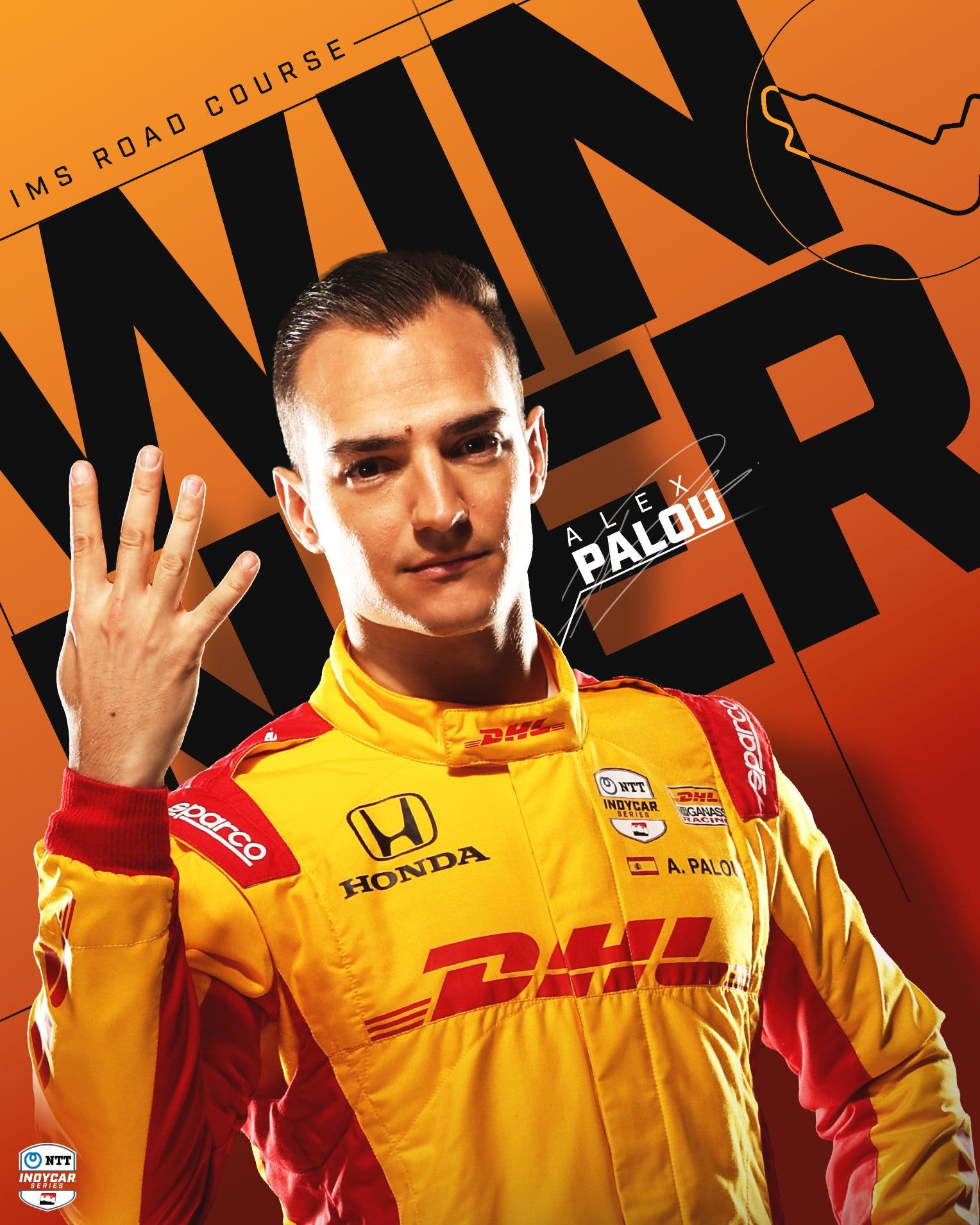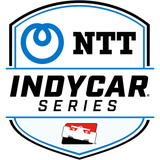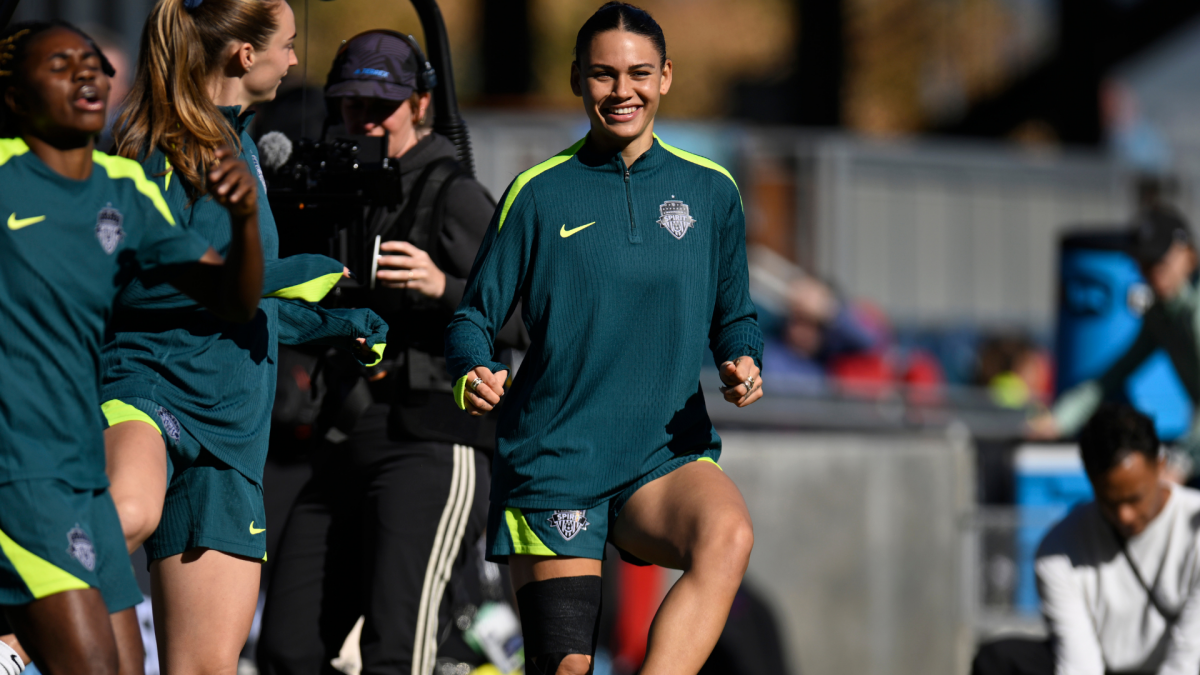
<!–>
Welcome to the greatest spectacle in racing.
The next two weeks will be filled with action at Indianapolis Motor Speedway leading into the 109th running of the Indianapolis 500, where 33 drivers will compete for 200 laps on the 2.5-mile rectangular IMS oval.
We hope to answer many of your questions here:
When is the Indianapolis 500?
The Indianapolis 500 is Sunday, May 25. Live coverage on FOX begins at 10 a.m. ET with driver introductions at 11:47 a.m., the invocation and national anthem at 12:18 p.m., the command to start engines at 12:38 p.m. and the green flag at 12:45 p.m. (all times are estimates).
What are the track dimensions?
The track is 2.5 miles in length with the frontstraight and backstraight each 0.625 mile. The four turns are 0.25 mile each and each of the two short chutes (one between Turns 1-2 and one between Turns 3-4) is 0.125 mile. The turns are banked 9.2 degrees. The straightaways are not banked at all. The straightaway width is 50 feet. The turn width is 60 feet.
What happens over the next two weeks?
Here is a basic schedule (all times Eastern):
- Tue-Fri, May 13-16: Practice, Noon-6 p.m. most days
- Sat., May 17: Qualifying Day 1, 11 a.m.-5:50 p.m.
- Sun., May 18: Qualifying Day 2, 4 p.m.-7 p.m. (practice prior to that at 1 p.m.)
- Mon., May 19: Practice, 1-3 p.m.
- Fri., May 23: Carb Day with final practice 11 a.m.-1 p.m. and pit stop competition 2:30-4 p.m.
- Sun., May 25: Indy 500 with a 12:45 p.m. green flag.
ADVERTISEMENT
–>
What happens on Saturday, the first day of qualifying?
There are 34 cars entered, with 33 drivers making the field. Qualifying is a four-lap run (one car on the track at a time). The qualifying order will be set by random draw on Friday night. After every driver has had the opportunity to go out on track (whether they got out at that time or not), then drivers are free to make their run when they are ready. They can make multiple attempts, with those who abandon their earlier speed getting priority in line over those who want to keep their speed but try to go out and improve their time. Once the clock hits the end of the session, no additional cars may begin their warmup lap for their run.
The drivers who rank 13th-30th on Saturday are locked in the field in those positions. That is Rows 5-10 (three cars per row).
For qualifying, FS1 will be live from 11 a.m.-1:30 p.m., FS2 from 1:30 p.m.-4 p.m. and then FOX from 4 p.m.-6 p.m.
What happens on Sunday, bump day and Fast Six?
The second day of qualifying sets the order for Rows 1-3 and Row 11.
The 12 fastest from Saturday do a round of qualifying starting at 4:05 p.m. with the six fastest advancing to a final round and the slowest earning the starting spots 7-12.
Then comes the “bump day” portion as the four drivers who were 31st-34th Saturday will go out (they potentially could do more than one attempt) from 5:15-6:15 p.m. — the three fastest will start spots 31st-33rd with the slowest “bumped” out of the Indy 500 field.
The Fast Six will follow from 6:25-6:55 p.m. to set the order of the first six spots, including the pole for the Indy 500.
The three-hours of qualifying Sunday will be on FOX.
What is Carb Day?
Carb Day is the traditional last day practice for the Indy 500. There will be two hours of practice followed by a pit-stop competition.
The cars have not had carburetors since 1963, but the name has stuck for the final practice to fine tune the car for the race.
Who makes the cars and engines?
Dallara makes all the chassis. Firestone manufacturers all the tires. Chevrolet and Honda build engines.
Who is attempting to make the race and what teams do they drive for?
Here are the drivers broken down by team with car numbers:
- Team Penske: 2-Josef Newgarden, 3-Scott McLaughlin, 12-Will Power.
- A.J. Foyt Racing: 4-David Malukas, 14-Santino Ferrucci.
- Arrow McLaren: 5-Pato O’Ward, 6-Noal Siegel, 7-Christian Lundgaard, 17-Kyle Larson.
- Meyer Shank Racing: 06-Helio Castroneves, 60-Felix Rosenqvist, 66-Marcus Armstrong.
- Chip Ganassi Racing: 8-Kyffin Simpson, 9-Scott Dixon, 10-Alex Palou.
- Rahal Letterman Lanigan Racing: 15-Graham Rahal, 30-Devlin DeFrancesco, 45-Louis Foster, 75-Takuma Sato.
- Dale Coyne Racing: 18-Rinus VeeKay, 51-Jacob Abel
- Dreyer Reinbold Racing: 23-Rayn Hunter-Reay, 24-Jack Harvey
- Ed Carpenter Racing: 20-Alexander Rossi, 21-Christian Rasmussen, 33-Ed Carpenter.
- Andretti Global: 26-Colton Herta, 27-Kyle Kirkwood, 28-Marcus Ericsson, 98-Marco Andretti.
- Juncos Hollinger Racing: 76-Conor Daly, 77-Sting Ray Robb
- Prema Racing: 83-Robert Shwartzman, 90-Callum Ilott
There are seven drivers who do not race full time in the series but are attempting to make the Indy 500: Castroneves, Larson, Sato, Hunter-Reay, Harvey, Carpenter and Andretti
Who are the favorites?
Josef Newgarden has won the last two Indianapolis 500s, so he has to be considered one of the favorites as he goes for an unprecedented third consecutive win. His Team Penske teammates Will Power and Scott McLaughlin also are in the mix. McLaughlin led a race-high 64 laps in 2024.
Arrow McLaren driver Pato O’Ward has come close but has never won the Indy 500 and few would be surprised if this is his year.
You can never count out Scott Dixon from Ganassi. His teammate, Alex Palou, as the series points leader, could be considered a favorite — but he has never won on an oval.
Ed Carpenter Racing has a strong history of being fast at Indianapolis, and so does Alexander Rossi.
Multi-time winners Helio Castroneves and Takuma Sato certainly shouldn’t be counted out.

How many past winners are in the race?
There are eight past winners in this race:
- Helio Castroneves (2001, 2002, 2009, 2021)
- Takuma Sato (2017, 2020)
- Josef Newgarden (2023, 2024)
- Scott Dixon (2008)
- Ryan Hunter-Reay (2014)
- Alexander Rossi (2016)
- Will Power (2018)
- Marcus Ericsson (2022)
(if weather keeps Kyle Larson from racing and Tony Kanaan fills in for him, Kanaan won in 2013).
Which drivers have the best chance for their first Indy 500 win?
Alex Palou, Pato O’Ward, Colton Herta, Kyle Larson.
Which underdogs could rise up?
Santino Ferrucci and Conor Daly. Both have strong Indy 500 histories.
So explain what the big deal of what Kyle Larson is doing?
Kyle Larson, the NASCAR Cup Series points leader, is attempting to race 1,100 miles in one day — the Indianapolis 500 and then the NASCAR Coke 600 in Charlotte. Last year, he finished 18th in the Indianapolis 500, but it was rain delayed and he got to Charlotte in time for … nothing as the storm that hit Indianapolis had made it to Charlotte and stopped the race, which was later deemed official. Justin Allgaier had started and ran all the laps in the race in Larson’s Cup car.
Rick Hendrick, who owns the Cup team for Larson and partners with Arrow McLaren to field the car for Larson, also is Larson’s sponsor in both Cup and the Indy 500 effort through the online car sales division of Hendrick Automotive.
With new NASCAR rules this year, Larson is committed to getting to the 600 in time. If Larson leaves Indy before the start, Arrow McLaren team principal Tony Kanaan will race. Kanaan will get in the car for a refresher program on the opening day of practice this week.
Only one driver, Tony Stewart, has completed all 1,100 miles in one day. Only four drivers — John Andretti, Stewart, Robby Gordon and Kurt Busch – have done both races in one day.
What is the Snake Pit?
The Snake Pit was an area in the infield of IMS where fans were known to party hard throughout the Indianapolis 500. The track embraced the name and has put up a stage for concerts at the track.
The race-day concert starts at 8 a.m. and runs into the race itself (with a break for pre-race activities).
The EDM concert this year is headlined by Illenium and includes Two Friends, Sammy Viriji, Kayzo and Oliver Heldens.
Which celebrities are coming to the race?
Many of those have not been announced yet.
Several familiar faces from the FOX family will be there. Michael Strahan will drive the pace car for the start of the race. And Rob Gronkowski will help run the festivities in the Snake Pit.
The “Letterman” in Rahal Letterman Lanigan Racing is the famous former late-night talk-show host David Letterman.
What is the winner’s trophy?
The Borg-Warner Trophy has the faces — 111 of them because two of the races were won by cars driven by multiple drivers plus former Speedway owner Tony Hulman Jr. is on the trophy. The trophy was first awarded in 1936 at a cost of $10,000, commissioned by Borg-Warner Automotive Company.
The trophy is 64.75 inches tall and weighs 110 pounds.
Why do they drink milk in victory circle?
After Louis Meyer won his third Indianapolis 500 in 1936, someone gave him a bottle of buttermilk to drink. That started the tradition of drinking milk in victory circle. Now every driver chooses what type of milk the driver wants in victory lane in association with the American Dairy Association of Indiana.
What is the purse?
IMS does not announce the purse until after the race.
Last year, the purse was a record $18,456,000 with winner Josef Newgarden being awarded $4,288,000.
Bob Pockrass covers NASCAR and IndyCar for FOX Sports. He has spent decades covering motorsports, including over 30 Daytona 500s, with stints at ESPN, Sporting News, NASCAR Scene magazine and The (Daytona Beach) News-Journal. Follow him on Twitter @bobpockrass.
<!–>
recommended

Get more from NTT INDYCAR SERIES Follow your favorites to get information about games, news and more
–>
This news was originally published on this post .







Be the first to leave a comment